Ken Adam: the man who made James Bond modern.
- tipsy modernist
- Sep 10, 2024
- 6 min read
Updated: Dec 10, 2024

Long before Mad Men and The Marvelous Mrs. Maisel, the early Bond movies introduced modernism into popular culture. Those modern interiors and crazy villain's lairs played just as much of a starring role as Bond himself. While the movies have not aged so well, reflecting the misogyny,racism, and antisemitism of society at that time, the set designs remain just as inspiring as when they were first made.
The man responsible for those interiors was set designer Sir Ken Adam. While not exactly a household name, within the film industry he is a legend. Perhaps his most famous set was the Pentagon war room for Dr. Strangelove, which some have described as the best movie set ever designed. While people may disagree with this assessment, there's no denying the tremendous impact that Ken Adam's interiors had on film directors, designers and architects. With Taschen's massive monograph about him; The Ken Adam Archive, (a tome so massive that it comes with its own stand), perhaps he is finally getting his due.
For those of us who can't afford the one thousand dollar (seriously?) price tag of the book, here is a little primer on Sir Ken Adam.

Berlin Beginnings
Sir Kenneth Adam was born Klaus Hugo George Fritz Adam in Berlin in 1921. He was the third child of a wealthy Jewish family who owned a successful department store called S. Adam. With the increasing antisemitism in Germany, his family sent him (and his brothers) to England for schooling. By 1934 the family realized that it was too dangerous to remain in Germany and they immigrated to England, settling in Hampstead Heath which had become a haven for creative refugees thanks in part to the Isokon apartment bulding. While his family escaped with their lives, they lost their livelihood and wealth. His mother ran a boarding house, while their father attempted to open a business importing gloves. However the stress of the tremendous loss took a toll on his health and he died in 1936 at the age of 56.
His mother's boarding house served as an asylum for many Jewish refugees, including the Hungarian art director Vincent Korda who encouraged Adam's interest in the arts and movies. Ken Adam interned for an architecture firm specializing in bomb shelters while taking even architecture classes at University College London, following Korda's recommendation to study architecture in order to pursue a career in film,

TOP GUN
When WWII began, he designed bomb shelters and air raid preparedness manuals, but eventually he was accepted into the Royal Air Force Volunteer Reserve and eventually flew many raids. He was one of three German born RAF pilots (along with his brother Denis) to serve during WWII. An important distinction between British pilots and German born pilots (flying for England) is that in the event of capture, they would have been executed as traitors rather than made prisoners of war. In 1946 he became a naturalized citizen of the United Kingdom and left the RAF in 1947.
BOND BEGINNINGS
In 1948 he entered the film industry as a draughtsmen and worked on a variety of thrillers and action movies before working on the first Bond movie, Dr. No in 1962. According to an interview in the Guardian, he wasn't exactly thrilled to take on the project but recognized that it was a huge opportunity. Due to the filming schedule there wasn't even time for story boards or any sort of oversight from the production team. The following quotations are excerpted from the book The Ken Adam Archive as re-printed by the Guardian in March 2023.
"...You could say it all started for me with Dr No and [director] Terence Young. It was the first Bond and it was low-budget stuff and I had nobody who was standing behind me looking over my shoulder – they were all in Jamaica filming...I was sitting in Pinewood and I had to fill three stages with sets, so I just went ahead. And they arrived on the Thursday and they had to start filming on the Monday and if they hadn’t liked it, it would have been a disaster. But Terence said he loved it, because nobody had quite done film sets like that before and once I won Terence over, the two producers Cubby [Broccoli] and Harry [Salzman] were on side and then everyone loved it. " The Guardian March 2023 Oliver Wainwright
THE FUTURE IS BROUGHT TO YOU BY A FELT TIP
Sir Ken Adam went on to design the sets for six more Bond movies: Goldfinger, Diamonds Are Forever, You Only Live Twice, Moon Raker, The Spy Who Loved Me and Thunder Ball. The vast, soaring expressionistic spaces that he created for the villains went on to define the look and even the tension of the early Bond movies that was so different from anything that had come before. Interestingly enough it's not the influence of Victor Korda nor his architecture education that Ken Adam credits for these groundbreaking designs, but rather the arrival of the felt-tipped pen in 1952 !

“I was afraid to let go and express myself,” Adam recalls. 'The drawings were a kind of self-defence.' But everything changed with the arrival of the Flo-Master marker pen in 1951. 'I had to try and find some way of releasing myself...With the help of felt pens – which had recently been invented – I changed my drawing technique completely.' He settled on the wedge-shaped tip. “Its broad strokes forced me to loosen up and made me design more boldly... One or two lines might form the basis of my design, and often it is the imperfections of the sketch – with a bold treatment of light and shade – which creates interesting compositions and atmosphere' ” excerpted from The Ken Adam Archive, Taschen 2023, as reprinted in the Guardian 2023 Oliver Wainwright)
Kinky Threesome or Flat Out Fight? Only you can decide.
These futuristic settings showcased the work of other modernist architects and designers as well. Who can forget the sexy fight scene between Bond, Bambi and Thumper that takes place at the Elrod House house designed by architect John Lautner in Diamonds Are Forever? Whether it was Gaetano Pesce's "Up" chair or Verner Panton's Pantonova seating, innovative and visionary design was always a signature of the early Bond films.
It's impossible to imagine these early movies without Ken Adam's visionary set design. He developed a signature architecture that was both beautiful and menacing and amplified the tensions of the plot. He didn't design all the sets due to conflicts with other projects, (often for Stanley Kubrick) and his absence can clearly be seen in such films as From Russia With Love, where the dramatic interiors and architecture were provided by real places such as Istanbul's Blue Mosque or Greece's Mt. Athos. As the movies progressed the sets became bigger and more elaborate with the set for the dormant volcano missile launch site in You Only Live Twice requiring 900 tons of steel and 200 tons of plaster!
Ken Adam continued to design sets until 2004! In addition to the many Bond movies he also was the art director for such Stanley Kubrick films such as Dr. Strangelove and Barry Lyndon, for which he won an Academy award. In 1996 he was awarded an OBE, order of the British Empire, for his work as a set designer. He died in 2016 at the age of 95.
FRENEMIES Sidenote
It is interesting to note the starring role that modernism played in these early movies - considering that author Ian Flemming doesn't appear to be a fan. While it remains a mystery as to why, he named the villain in Goldfinger after modernist architect Erno Goldfinger. According to Wikipedia Ian Fleming was living in Hampstead and objected to the demolition of pre-war homes to make way for the modern homes nearby on Willow Road designed by Erno Goldfinger. However other sources dispute this, and it's not even known if the men ever met. However in 2005 the Guardian newspaper did verify that Erno Goldfinger was not amused by the use of his name (and many other similarities to the villain) and threatened to sue Ian Fleming when the book came out. Fleming's publisher agreed to pay Erno Goldfinger's legal expenses as well as issue a disclaimer. Ian Fleming was outraged and asked his publisher to change the name of the villain to Goldprick. The publisher refused.
architect Erno Goldfinger villain Auric Goldfinger as played by Gert Frobe
SHOPPABLES
Get the recipe for the James Bond cocktail here Once you've made your cocktail, join us for a boozy conversation about design, gossip, and cocktails at our first podcast: Sex. Spies, and Architecture! Thirsty For More? Sign Up For Our Free Newsletter here














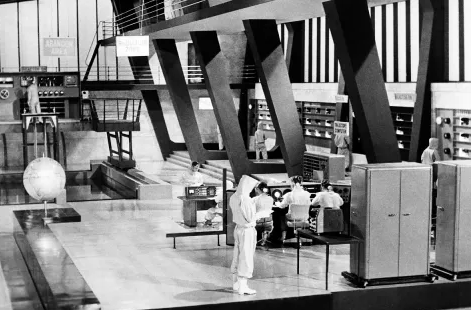





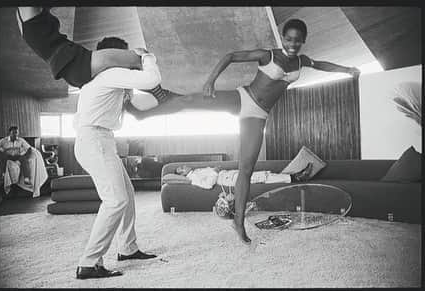










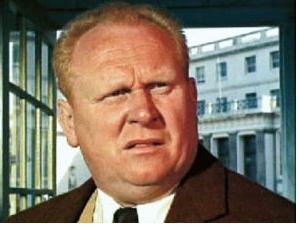
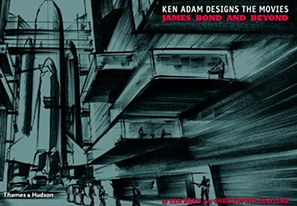



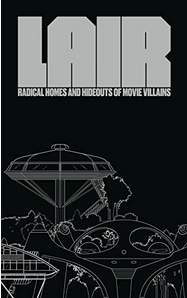



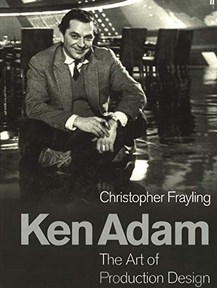

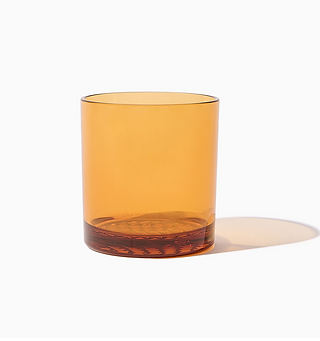
Комментарии